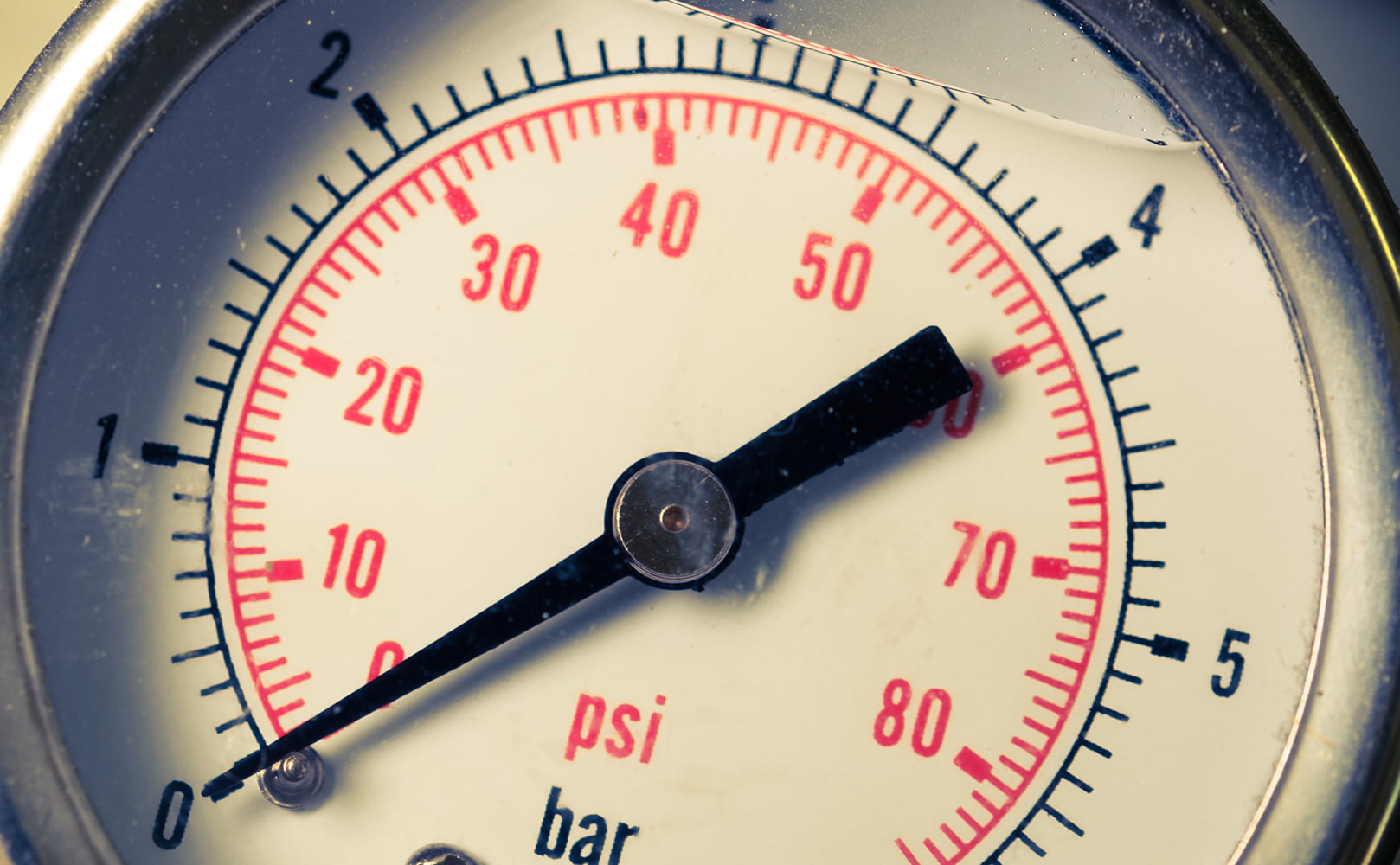Your Reverse Osmosis Tank Has Low Pressure? Here Is What to Do!
Written by: Alexandra Uta // Last Updated: Mar 15, 2023
This page may contain affiliate links. If you buy a product or service through such a link we earn a commission at no extra cost to you. Learn more.
Dealing with low pressure in your reverse osmosis tank can be troubling, because it can lead to various problems related to wasted water and an underperforming RO system.
There are several things you should do in an attempt to improve the situation – but if your issue is more serious, like a ruptured bladder, you might be out of luck.
Let’s elaborate!
Key Takeaways
- Repressurizing a reverse osmosis tank may be necessary in some cases when the pressure gets too low.
- You need to disconnect the tank from the RO system, empty it completely by pumping air inside, reading pressure once empty, and finally repressurize.
- You must always measure the tank’s pressure when it’s completely empty. The ideal pressure for an RO tank is between 6 and 8 psi.
- If your reverse osmosis tank still has low pressure a few hours or days after repressurizing, then you’re dealing with a ruptured tank bladder. The entire tank needs to be replaced.
Repressurizing a Reverse Osmosis Tank with Low Pressure
So, what to do if your reverse osmosis tank has low pressure?
The first thing you should try is to simply repressurize the tank. This is a straightforward process:
- You close the feed water valve.
- Open the RO faucet to drain as much water as possible.
- Close the tank valve and disconnect the tank.
- Drain it completely by opening the tank valve and pumping air into the tank using something like a tire pump.
- Measure empty tank pressure.
- Use your pump to increase pressure.
- Reconnect the tank and allow it to fill with water.
The ideal pressure level for a reverse osmosis tank is between 6 and 8 psi. Make sure to measure the tank when it’s completely empty to ensure that you’re getting the right number.
Ruptured RO Tank Bladder
If repressurizing the tank doesn’t help, you’re likely dealing with a ruptured bladder. There’s nothing you can do in this case as repairing the original bladder is pretty much impossible. Your only option is to replace the RO tank entirely.
Kinked Tubing or Clogged Post-Filter
Before giving up and replacing your tank, though, check for any kinks along the tubing connecting to the RO faucet. This happens rarely, but it could cause pressure issues with your system.
Make sure that none of the filters are clogged either. Pay special attention to the post-filter(s).
If you have any questions about low reverse osmosis tank pressure please don’t hesitate to leave a comment below!
Information provided on BOS is for educational purposes only. The products and services we review may not be right for your individual circumstances.
We adhere to strict editorial guidelines. Rest assured, the opinions expressed have not been provided, reviewed, or otherwise endorsed by our partners – they are unbiased, independent, and the author’s alone. Our licensed experts fact-check all content for accuracy. It is accurate as of the date posted and to the best of our knowledge.


